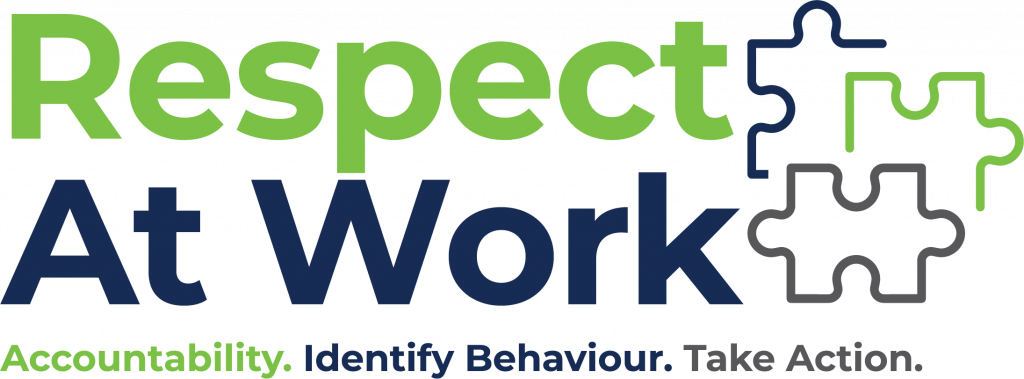Bystander Intervention: Foundations
Target Audience
All workers who are NOT in a supervisory or management role
Context
All Australian workplaces are bound by Federal Legislation (and respective state legislation) to prevent workplace bullying and sexual harassment. Employers have obligations under the Sex Discrimination Act 1984 (Cth), Fair Work Act 2009 (Cth), Work, Health and safety laws, SafeWork Australia national guidelines, state anti-discrimination legislation, Industry Codes of Practice, obligations at common law with respect to the law of Negligence and Breach of Statutory Duty. Work, Health and Safety laws places a positive obligation on employers to prevent sexual harassment which causes harm. Some cases of unlawful conduct may amount to sex discrimination, sexual harassment, sex-based harassment or a combination of all three. Federal Sex Discrimination law amendments includes a new sex-based harassment provision, widening of the sexual harassment provision and relevant ancillary provision changes. The Fair Work Act 2009 (Cth) has also been amended to specifically include sexual harassment provisions. At law, workplaces can be held vicariously liable for their workers actions and have a clear duty of care. The ‘Set the Standard’ Report commissioned by the Australian Federal Government outlined 28 recommendations for Commonwealth Parliamentary workplaces which sets the benchmark and puts ‘on notice’ all Australian workplaces to do better. Of the 28 recommendations to be implemented in Commonwealth workplaces, Bystander Initiatives were viewed as “one promising practical tool to support a culture that condemns misconduct and helps workers to understand what they can do if they see or hear about these behaviours at work.”
Best Practice Training
Bystander Intervention training is a useful component of Respect At Work training where it is offered as one part of a broader suite of initiatives to recognise, prevent and respond to misconduct. Bystander Intervention enables workers to recognise an issue and empowers them to take personal responsibility through utilising strategies to effectively interrupt the behaviour. Bystander Intervention is more likely to be effective in a workplace where the employer and leaders take responsibility for creating an environment that empowers and encourages bystanders to act and that protects them from harm when they do.
Learning Objectives
- Learners will have an understanding around Bystander Intervention as a preventative and response measure to interrupt unlawful workplace behaviours including bullying and harassment.
- Learners will be able to understand the ‘why’ behind Bystander Intervention as a prevention and response strategy to unlawful workplace conduct which is situated within the Respect At Work standards and federal legislative framework
- Leaders will recognise the ways in which personal leadership in bystander intervention promotes personal responsibility to act
- Learners will be able to understand the origins of Bystander Intervention and the Bystander Intervention matrix for action
- Learners will understand the reasons behind why bystanders choose not to act and interface with legislative changes
- Learners will have insight into strategies they can adopt to interrupt or prevent behaviour in each of the bystander immediate response and delayed response categories
- Learners will be able to apply some of the bystander strategies to a range of workplace scenarios



